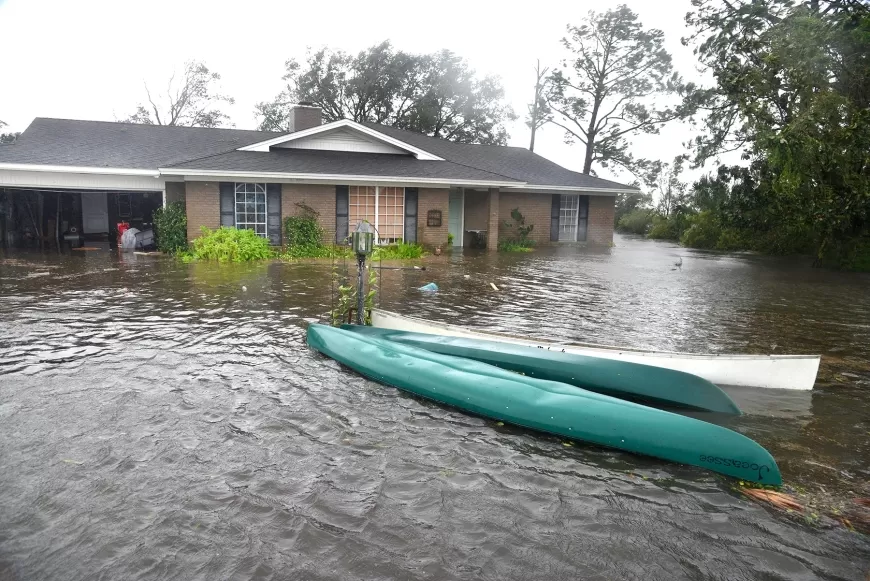US Home Insurers Face Biggest Loss in Over 20 Years
US home insurers saw their biggest loss in 20 years in 2023 due to natural disasters, inflation, and growing populations in risky areas. Read more here.

In 2023, U.S. home insurers experienced their largest underwriting loss in over two decades, amounting to $15.2 billion. This loss is more than double the previous year's and is the worst since at least 2000, according to the rating agency AM Best. This significant financial hit has left the industry reeling and searching for solutions.
Natural Disasters on the Rise
The frequency and severity of natural disasters are increasing, largely due to climate change. Hurricanes, wildfires, floods, and severe storms are causing more extensive damage to homes. Insurers are facing large payouts for claims, which significantly impacts their financial stability. The rising cost of rebuilding and repairs, driven by inflation, has added to this financial strain.
Inflation Drives Up Costs
Inflation has made everything more expensive, from building materials to labor. This makes repairing or rebuilding homes after disasters costlier than ever. Additionally, the construction industry is facing shortages of essential materials, further driving up prices. These increased costs translate into higher claims for insurers, contributing to their substantial underwriting losses.
Population Growth in High-Risk Areas
States like California, Texas, and Florida have seen significant population growth, with many people moving into areas prone to natural disasters. This migration means more homes in high-risk zones, increasing the potential for massive claims after a disaster. As a result, insurers are facing higher risks and greater financial exposure.
Regulatory and Policy Challenges
Insurers are also navigating a complex regulatory environment. They need to raise rates to cover the increased risks, but regulatory bodies often limit how much they can charge. This creates a difficult balance between keeping insurance affordable for policyholders and covering the rising costs of claims.
Adapting to New Challenges
To address these challenges, insurers are exploring various strategies. Advanced technology and data analytics are being used to better predict and price risk. There's also a push for stronger building codes and better land-use planning to reduce vulnerability to natural disasters. Insurers are encouraging homeowners to take steps to protect their properties, such as installing fire-resistant materials and flood barriers.
Future Outlook for Home Insurers
Looking ahead, the future for home insurers appears challenging. The combination of more frequent natural disasters, rising costs, and regulatory hurdles makes it hard to predict a quick return to profitability. However, with the adoption of new strategies and a focus on risk management, insurers can navigate these tough times.
Also Read: US Housing Multifamily Construction Grows While Single-Family Homes Decline






























































